
The U.S. Capitol is the building that houses the United States Congress, which consists of the House of Representatives and the Senate.

Upon Capitol Hill, its home was found, Where patriots' dreams with hope abound. Neoclassical majesty, in gleaming white, A shrine to freedom's eternal light.
With big white walls and a dome so high, It reaches for the clouds up in the sky. Inside are paintings, and statues too, To tell the story of what we've been through.
Its dome, a crown of freedom's reign, Rising high above, without refrain. With columns strong and pediments adorned, The U.S. Capitol, where dreams are born.
Within its walls, history dances free, A tapestry of stories for all to see. With paintings and statues, a grand display, Of heroes and legends who paved the way.
From the Rotunda's heart, a chorus swells, Echoes of liberty in ringing bells. In every corner, every carved line, A tribute to freedom, eternally divine.
So let us cherish, in joyous rhyme, The Capitol's spirit, for all time. In seventeen seventy-six, its journey began, A masterpiece of freedom, for woman and man.
And as we stand before its grandeur, let us vow, To cherish its spirit, here and now. For in the heart of this hallowed ground, The soul of a nation, forever is found.
by Laura Summers Davis
"Echoes of Anthem: The Legacy of the U.S. Capitol"

Here are the answers to your questions regarding the U.S. Capitol:

What does it do?
The U.S. Capitol is where the Congress meets to propose, debate, and pass laws, as well as oversee the executive branch and represent the interests of the American people. It is also the venue for important events such as presidential inaugurations, joint sessions of Congress, and ceremonies honoring national figures.
What is the U.S. Capitol?
The U.S. Capitol is the iconic building located in Washington, D.C., where the United States Congress convenes to conduct legislative business. It serves as the seat of the legislative branch of the U.S. federal government.

When did it start and why?
Construction of the U.S. Capitol began in 1793, after the location of the nation's capital was moved from Philadelphia to Washington, D.C. The Capitol was designed to symbolize the ideals of the young nation and to serve as a physical manifestation of its democratic government. Its construction reflects the importance of establishing a permanent home for the federal government in the newly created capital city.
Why can people not go inside?
Access to certain areas inside the U.S. Capitol is restricted due to security measures and protocol. While the building itself is open for public tours, access to specific areas such as the chambers of the House of Representatives and the Senate is limited to members of Congress, authorized staff, and invited guests. This restriction is in place to maintain the security and integrity of the legislative process and to ensure the safety of lawmakers and visitors alike. Additionally, during legislative sessions, access to the chambers is restricted to members only to maintain order and prevent disruptions.

Description of the U.S. Capital Building:
The U.S. Capitol was designed primarily by architect William Thornton, with subsequent modifications and additions by various architects including Benjamin Henry Latrobe and Thomas U. Walter. The neoclassical style was chosen to evoke the democratic ideals of ancient Greece and Rome, symbolizing the endurance and strength of American democracy.
The Capitol's gleaming white façade, constructed using white marble from the Cockeysville Quarry in Maryland, stands as a symbol of American democracy and governance. Its imposing scale and grand architectural features, including its iconic dome and imposing columns, are designed to impress and inspire all who behold it.
The dome of the Capitol is sheathed in gleaming white marble and adorned with intricate columns, friezes depicting scenes from American history, and sculptures representing important figures such as George Washington and Thomas Jefferson. These design elements reflect the classical influences of ancient Rome and Greece, which were seen as symbols of democracy and civic virtue.
The dome's majestic proportions draw the eye skyward, symbolizing the lofty aspirations of the nation it represents, including liberty, unity, and progress.
Flanking the dome are the north and south wings of the Capitol, each adorned with their own porticos, columns, and pediments, which add to the building's sense of grandeur and symmetry.
The east façade of the Capitol features a grand staircase leading up to a portico supported by imposing columns. This entrance is often used for ceremonial events and addresses to the nation, symbolizing the openness and accessibility of American democracy.
Inside, the Capitol is a masterpiece of architecture and design, featuring a color scheme of white, gold, and blue. Soaring ceilings reach heights of up to 180 feet (55 meters), creating an atmosphere of grandeur and importance.
Marble corridors are decorated with ornate carvings, murals depicting scenes from American history, and decorative elements paying homage to the nation's heritage and ideals.
The Rotunda, located beneath the dome, serves as the symbolic heart of the Capitol, housing famous paintings such as "The Apotheosis of Washington," sculptures including the National Statuary Hall Collection, and memorials commemorating key moments and figures in American history, such as the Tomb of the Unknown Soldier.
Throughout the building, intricate carvings, murals, and decorative elements pay homage to the nation's heritage and ideals, including freedom, democracy, and equality. Every inch of the Capitol exudes a sense of history, significance, and pride in the democratic principles it represents, serving as a tangible reminder of the enduring values upon which the United States was founded.

Landscape Surrounding the U.S. Capitol:
The elevation of Capitol Hill, upon which the U.S. Capitol sits, is approximately 88 feet (27 meters) above sea level. Its GPS coordinates are approximately 38.8895° N latitude and 77.0089° W longitude.
The commanding views from the U.S. Capitol offer vistas of the National Mall, the Washington Monument, the White House, and various landmarks and government buildings across Washington, D.C. These views showcase the capital city's grandeur and historical significance.
The landscape surrounding the Capitol is meticulously manicured with well-kept lawns, trimmed hedges, and carefully planted flower beds. It is landscaped with a variety of trees, including oak, elm, and maple, among others, which provide shade and enhance the visual appeal of the area.
The grandeur and importance of the building are reflected in the meticulous attention to detail in the landscaping and design of the Capitol grounds. Every element, from the layout of the pathways to the selection of plant species, is chosen to enhance the aesthetic appeal and historical significance of the site.
The Capitol Reflecting Pool is not actually in front of the U.S. Capitol building but is a prominent feature near the National Mall. Majestic trees surrounding the Capitol include American elm, London plane, and various species of oak and maple.
The National Mall is lined with world-renowned museums such as the Smithsonian Institution, iconic monuments like the Lincoln Memorial and the Jefferson Memorial, and poignant memorials including the Vietnam Veterans Memorial and the World War II Memorial. The Washington Monument is a towering obelisk that symbolizes the nation's capital.
The Mall itself features statues commemorating American heroes and leaders, fountains such as the World War II Memorial fountain, and pathways that allow visitors to explore and reflect on the history and ideals of the United States, including freedom, democracy, and equality.
Surrounding the Capitol grounds are several carefully tended gardens, including the Capitol Grounds Botanical Garden and Bartholdi Park. Ornamental plantings include colorful flowers such as roses, tulips, and azaleas, which add bursts of color and texture to the landscape. Pathways wind through these gardens, inviting visitors to stroll and enjoy moments of tranquility amidst the bustling city.

Statues:
Statue of Freedom: This is the crowning statue atop the dome of the U.S. Capitol. It was designed by Thomas Crawford and symbolizes the freedom and democracy of the United States.
National Statuary Hall Collection: This collection features statues donated by individual states to honor notable figures from their history. Some examples include statues of Rosa Parks, Martin Luther King Jr., and Helen Keller.
George Washington Statue: Located in the Rotunda, this statue of George Washington is a prominent feature of the Capitol. It was sculpted by Horatio Greenough.
Thomas Jefferson Statue: Another notable statue in the Capitol, it portrays Thomas Jefferson, one of the Founding Fathers and the principal author of the Declaration of Independence.
Paintings:
The Apotheosis of Washington: This famous fresco painted by Constantino Brumidi adorns the interior of the Capitol dome. It depicts George Washington ascending to the heavens and becoming a god-like figure surrounded by allegorical figures representing Liberty, Victory, and Freedom.
The Signing of the Declaration of Independence: This painting by John Trumbull depicts the signing of the Declaration of Independence on July 4, 1776. It is displayed in the Rotunda.
Westward the Course of Empire Takes Its Way: Painted by Emanuel Leutze, this mural depicts American settlers heading westward, symbolizing the expansion of the United States across the continent.
Surrender of General Burgoyne: Another painting by John Trumbull, it portrays the surrender of British General Burgoyne at the Battle of Saratoga during the American Revolutionary War. It is one of several historical scenes depicted in Trumbull's series of Revolutionary War paintings in the Capitol.
These are just a few examples of the many statues and paintings that adorn the U.S. Capitol. You can find images of these artworks online by searching for their titles or by browsing through official websites and online collections related to the Capitol's art and history.
Statues and Paintings that adorn the U.S. Capitol:

Our Visit
Our strength lies in our individuality as much as our togetherness.
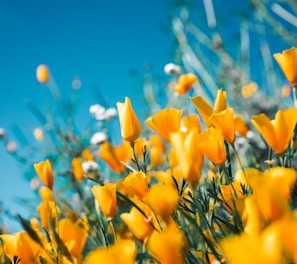
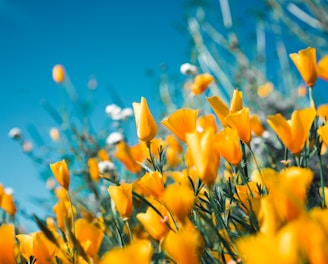
Tulips
of Yellow
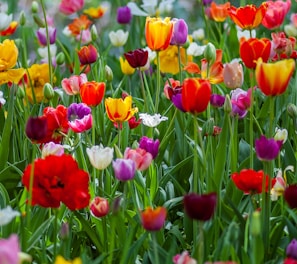
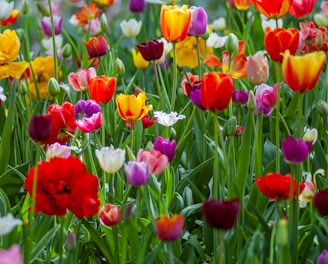
Wildflowers
Mixed Colorful Variety
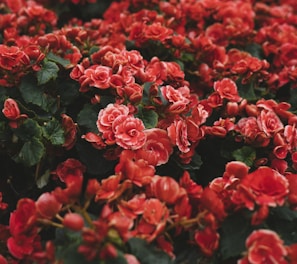
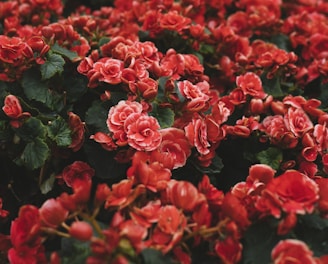
Roses
of Red
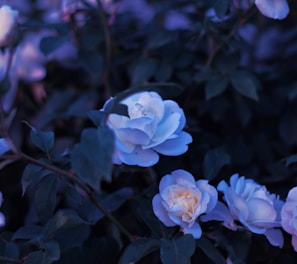
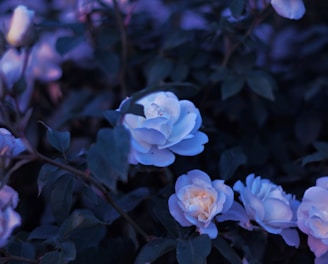
Roses
of Blue

Let's talk
customersupport@eincreditfunding.com
888-599-1830 ext 702




